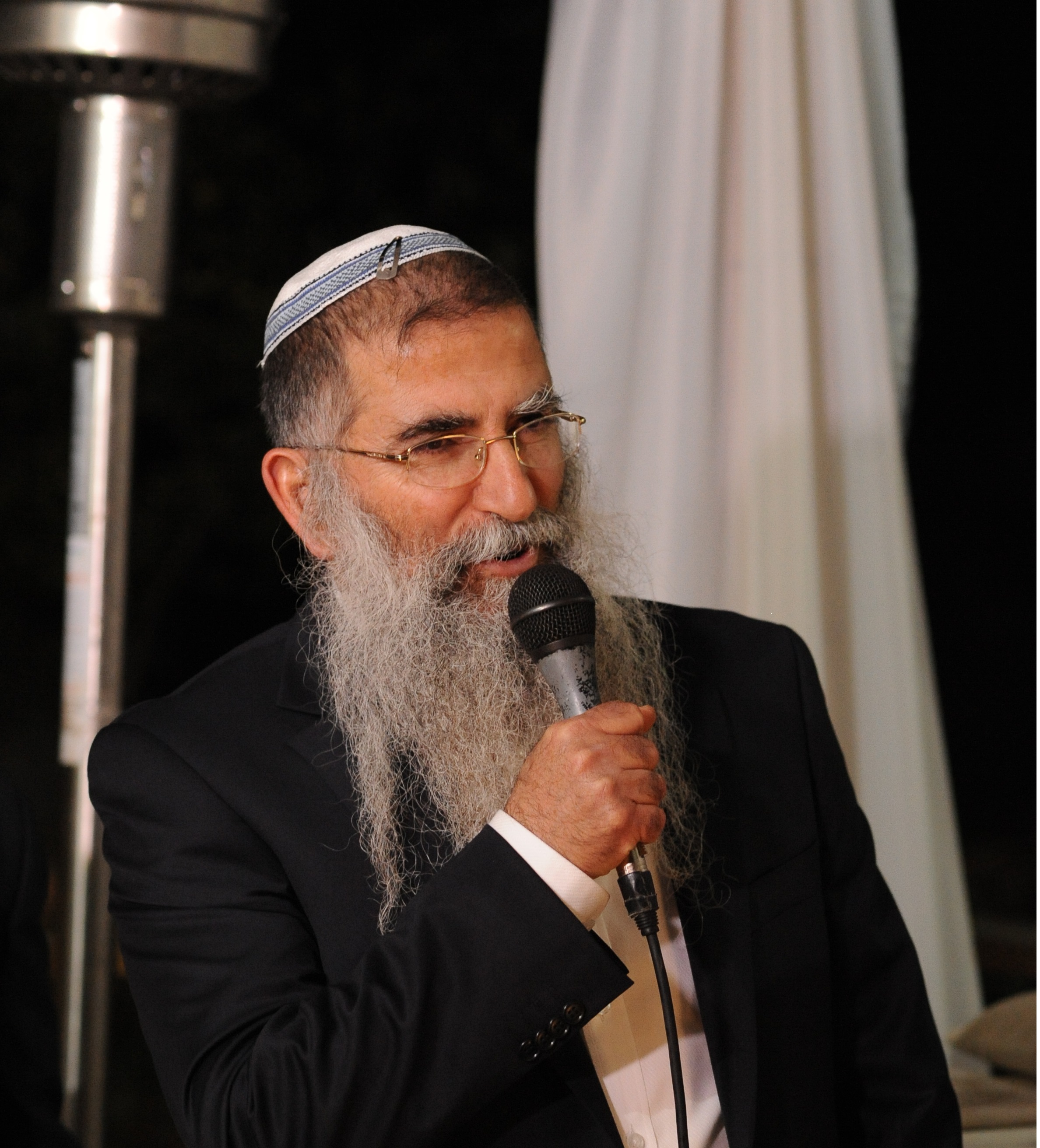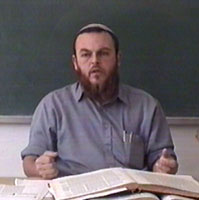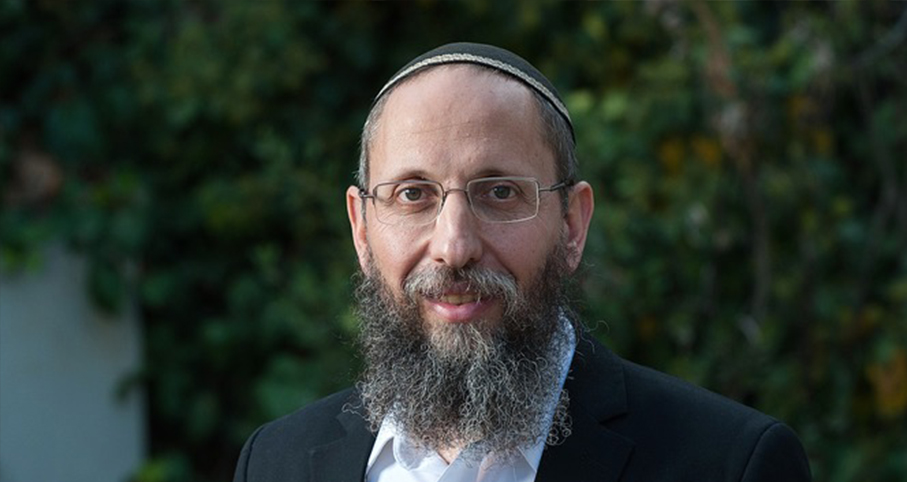Beit Midrash
- Torah Portion and Tanach
- Bereshit
- Noach
- Sections
- Chemdat Yamim
- Parashat Hashavua
Even if we view the rainbow as a change of nature in the aftermath of the flood, it would certainly seem to now be a part of the physical world that can be easily explained by even a novice scientist. Yet, the gemara (Chagiga 16a) attributes special powers to it that are surprising. The gemara says that a rainbow is one of three things that cause weakened eyes to those who gaze at them. The Biblical support for this claim (see Maharsha, ad loc.) implies that the reason is that some form of the Divine Presence is found in the rainbow. If the rainbow is something that Hashem puts in the physical world in order to remind Him when looking at the world, why would it contain the Divine Presence?
We can better deal with our questions by looking at the other things that affect the eyes: the nasi (king or major Jewish leader) and the kohanim as they blessed the people in the Beit Hamikdash. Regarding the rainbow, the pasuk says that the Presence that Yechezkel saw resembled a rainbow in a cloud. About the nasi, the Torah says that [Moshe] bestowed from his grandeur of Divine origin. Comparison now teaches the following. All three things are matters in the physical world that Hashem uses as a conduit for His assistance to mankind, creating an interface between worlds, where Hashem bestows of Himself to elevate something physical to a unique level.
The Iyun Yaakov points out that it is permitted to look at a nasi and a rainbow, at which time we even make a beracha. The problem is gazing, when one looks in such a manner that makes him feel that he can "see" the Divine element that is incorporated in the physical object. There indeed may be Divine reminders. The rainbow, for example, is the result of "united" light beams that are refracted into a spectrum of light when passing through water, a basic element of our world. Indeed, the Divine Presence is unified but appears to us as being multifaceted. That is because the world man interacts in makes Hashem appear different in different scenarios. It is improper to look at the manifestation of Hashem in this imperfect world lest we come to think that we can master His Essence by what we can see of Him. Rather, we should be inspired by noticing that He does interface with this world and understand that His Essence is beyond us.

























